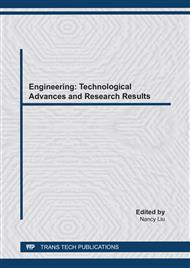p.1
p.11
p.19
p.27
p.37
p.47
p.55
p.63
p.71
Composition of the City Block and the Cognitive Region of the Resident in the Historical City of Tokyo
Abstract:
Due to the development of communication information networks in contemporary cities, and without the interconnection of space units, the quality of the overall urban environment is declining. Simultaneously, the awareness of people sharing such an environment is being lost. In this paper, we address Tsukishima, Tsukuda, Higashiueno, and Tsukiji areas in the historical city of Edo-Tokyo. investigate the district blocks and the environmental recognition of the residents to clarify how cognitive region coalesces as space. The results of our analysis show that the cognitive region will shift from the area where residents live due to the passage of time. There is some concern that the awareness of sharing in the area is decreasing. Based on survey data conducted in 1996 and 2011· 2012, the area of Tsukishima, Tsukiji, Tsukuda, and Higashiueno from the analysis of the resident's environmental perception to evaluate the change process over time, and it was possible to clarify the spread and change of the composition of environmental recognition of residents in historical urban areas (Downtown).
Info:
Periodical:
Pages:
27-35
Citation:
Online since:
August 2020
Authors:
Price:
Сopyright:
© 2020 Trans Tech Publications Ltd. All Rights Reserved
Share:
Citation:


